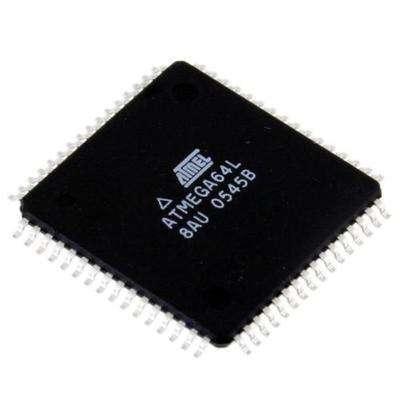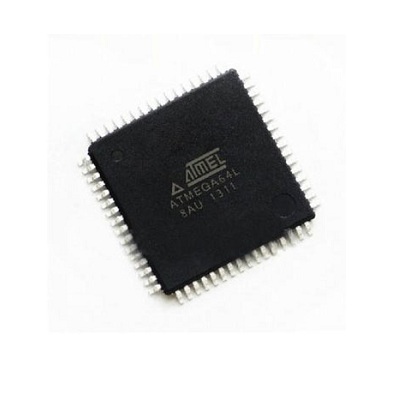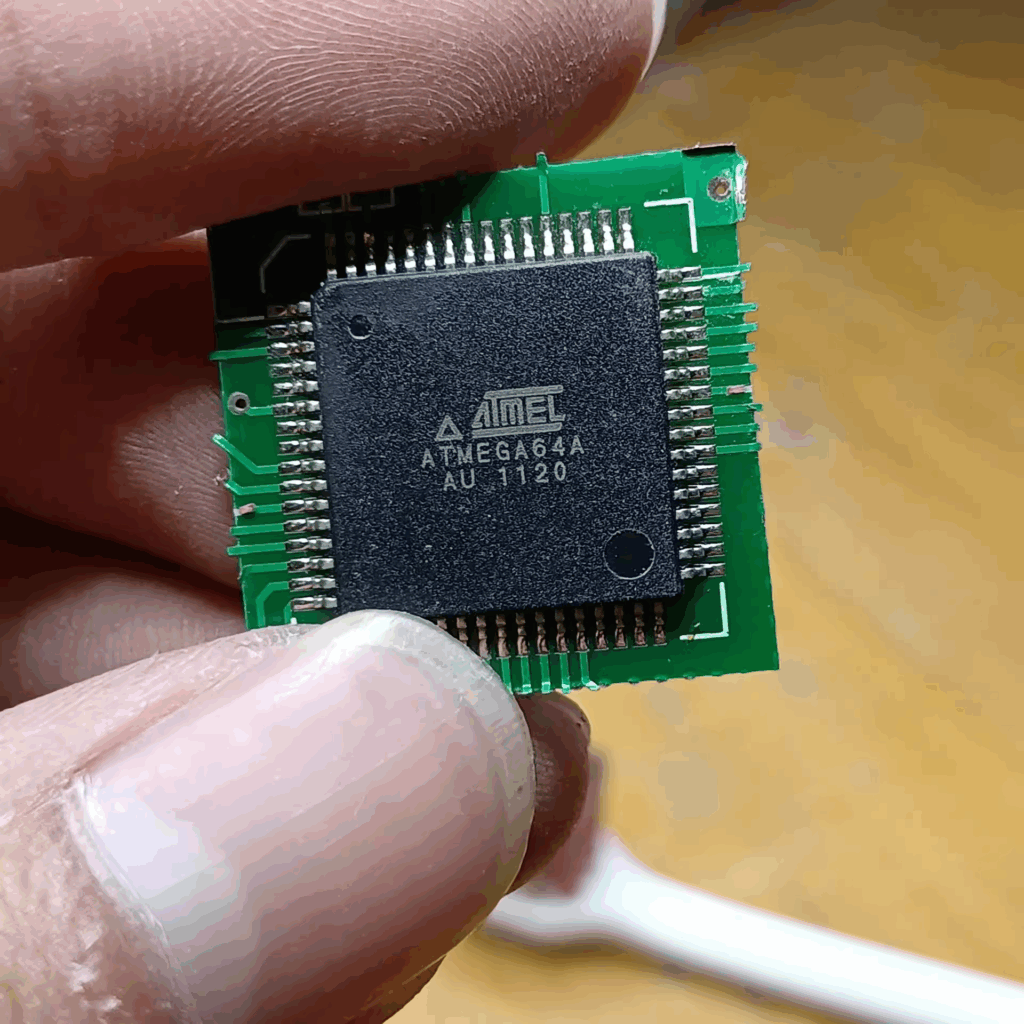Clone AVR MCU IC ATMEGA64L
The ATMEGA64L is a powerful AVR microcontroller (MCU) produced by Microchip Technology (formerly Atmel), well-known for its performance in embedded system design. With its advanced RISC architecture, integrated EEPROM, flash memory, and numerous I/O features, the ATMEGA64L serves a broad range of industrial, automotive, and consumer applications. In situations where the original firmware or configuration data is unavailable or inaccessible, the need to clone AVR MCU IC ATMEGA64L becomes essential.

Security Features and Challenges
The ATMEGA64L includes multiple layers of program protection designed to safeguard the contents of its memory. These include locked flash sections, disabled debug interfaces, and optional encryption to secure proprietary source code, binary files, and internal settings. Once the device’s security fuses are activated, conventional programming tools are no longer able to readout or access the stored firmware.
These robust protections make it highly difficult to retrieve or duplicate the internal archive. Even partial success in extracting heximal data often results in incomplete or unreadable code, which can’t be used to replicate or restore the device functionality without further expert analysis.

Cloning Difficulties and Technical Barriers
Attempting to clone AVR MCU IC ATMEGA64L is a non-trivial task. Due to the secured design of the microcontroller, engineers face several key challenges:
- Decryption Requirements: The firmware may be encrypted, requiring deep knowledge of the chip’s architecture to decode any retrieved files.
- Hardware Restrictions: The chip may trigger memory erase-on-access mechanisms when unauthorized access is detected.
- Decapsulation Complexity: Invasive techniques, like decapsulation, are costly and risky, as they may physically damage the chip.
- Reverse Engineering Overhead: Even if binary dumps are obtained, reverse engineering the complete program logic to a usable form takes significant time and expertise.
Our Expert Cloning and Recovery Services

Despite the difficulties, our professional service is fully equipped to handle the complexity of AVR microcontroller recovery. We offer specialized solutions to clone AVR MCU IC ATMEGA64L, whether for backup, system restoration, or device migration. With extensive hands-on experience and access to high-end diagnostic equipment, we can unlock, dump, and duplicate the protected contents of your MCU reliably and safely.
Our approach is non-destructive and preserves the integrity of the original chip while focusing on accurate data retrieval and complete firmware replication. From firmware cloning to binary reconstruction, our process ensures your embedded systems can be restored or duplicated with confidence.
– Programming Lock for Software Security
– SPI Interface for In-System Programming
JTAG (IEEE std. 1149.1 Compliant) Interface
– Boundary-scan Capabilities According to the JTAG Standard
– Extensive On-chip Debug Support
– Programming of Flash, EEPROM, Fuses, and Lock Bits through the JTAG Interface
Peripheral Features
– Two 8-bit Timer/Counters with Separate Prescalers and Compare Modes
– Two Expanded 16-bit Timer/Counters with Separate Prescaler, Compare Mode, and
Capture Mode
– Real Time Counter with Separate Oscillator
– Two 8-bit PWM Channels
– 6 PWM Channels with Programmable Resolution from 1 to 16 Bits
– 8-channel, 10-bit ADC
8 Single-ended Channels
7 Differential Channels
2 Differential Channels with Programmable Gain (1x, 10x, 200x)
– Byte-oriented Two-wire Serial Interface
– Dual Programmable Serial USARTs
– Master/Slave SPI Serial Interface
– Programmable Watchdog Timer with On-chip Oscillator
– On-chip Analog Comparator
Special Microcontroller Features
– Power-on Reset and Programmable Brown-out Detection
– Internal Calibrated RC Oscillator
– External and Internal Interrupt Sources
– Six Sleep Modes: Idle, ADC Noise Reduction, Power-save, Power-down, Standby
and Extended Standby
– Software Selectable Clock Frequency
– ATmega103 Compatibility Mode Selected by a Fuse
– Global Pull-up Disable
I/O and Packages
– 53 Programmable I/O Lines
– 64-lead TQFP and 64-pad QFN/MLF
Operating Voltages
– 4.5V – 5.5V for ATmega64
Speed Grades
– 0 – 16 MHz for ATmega64

